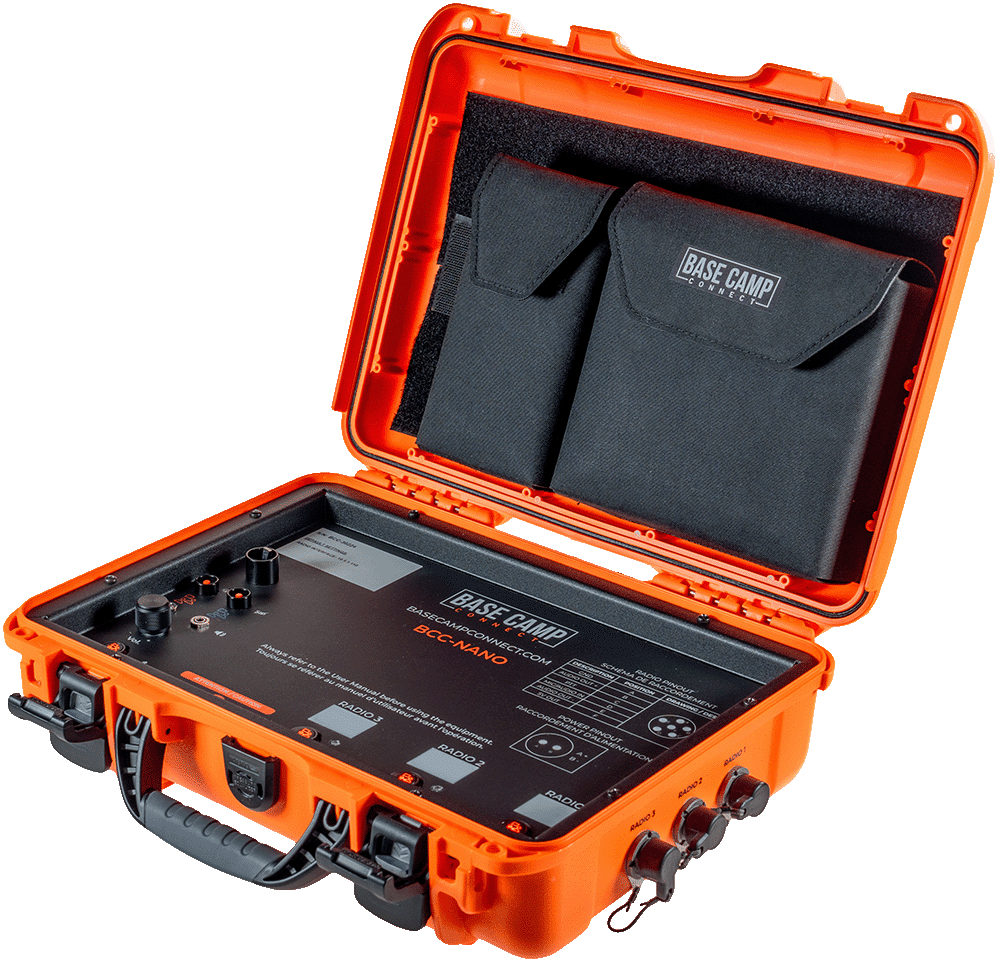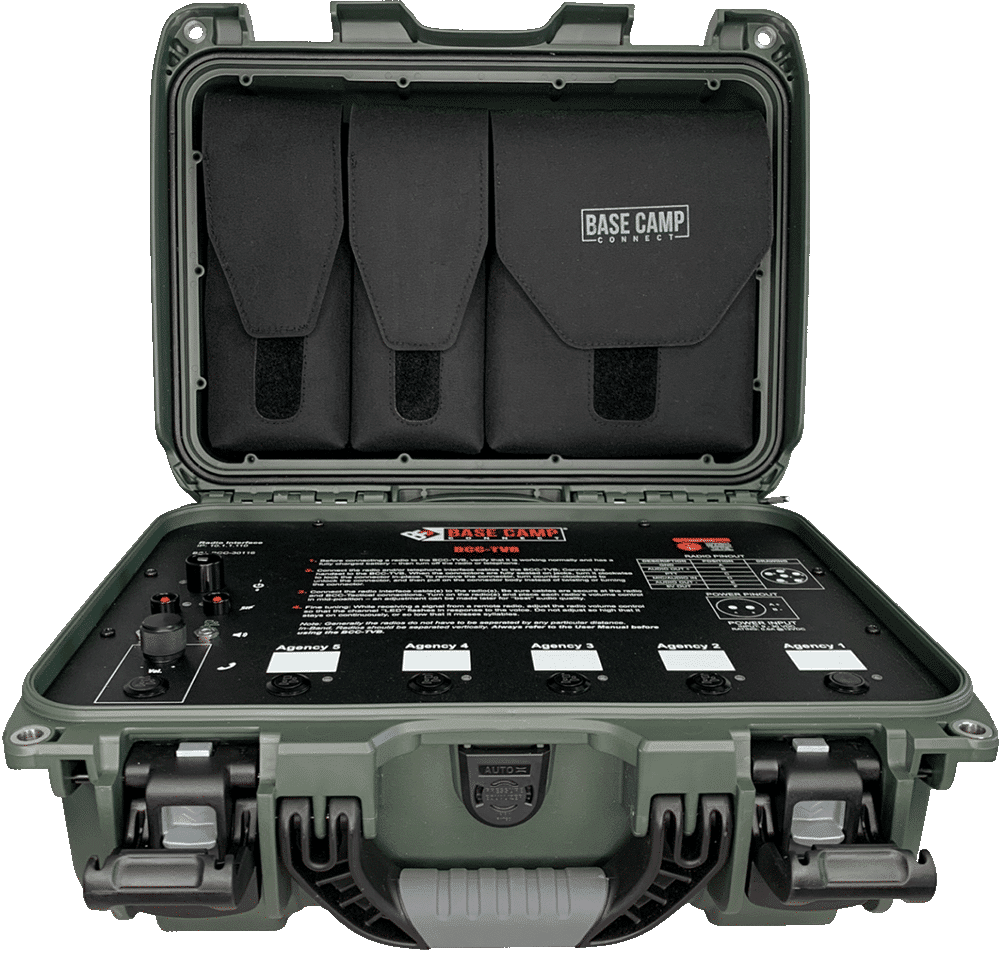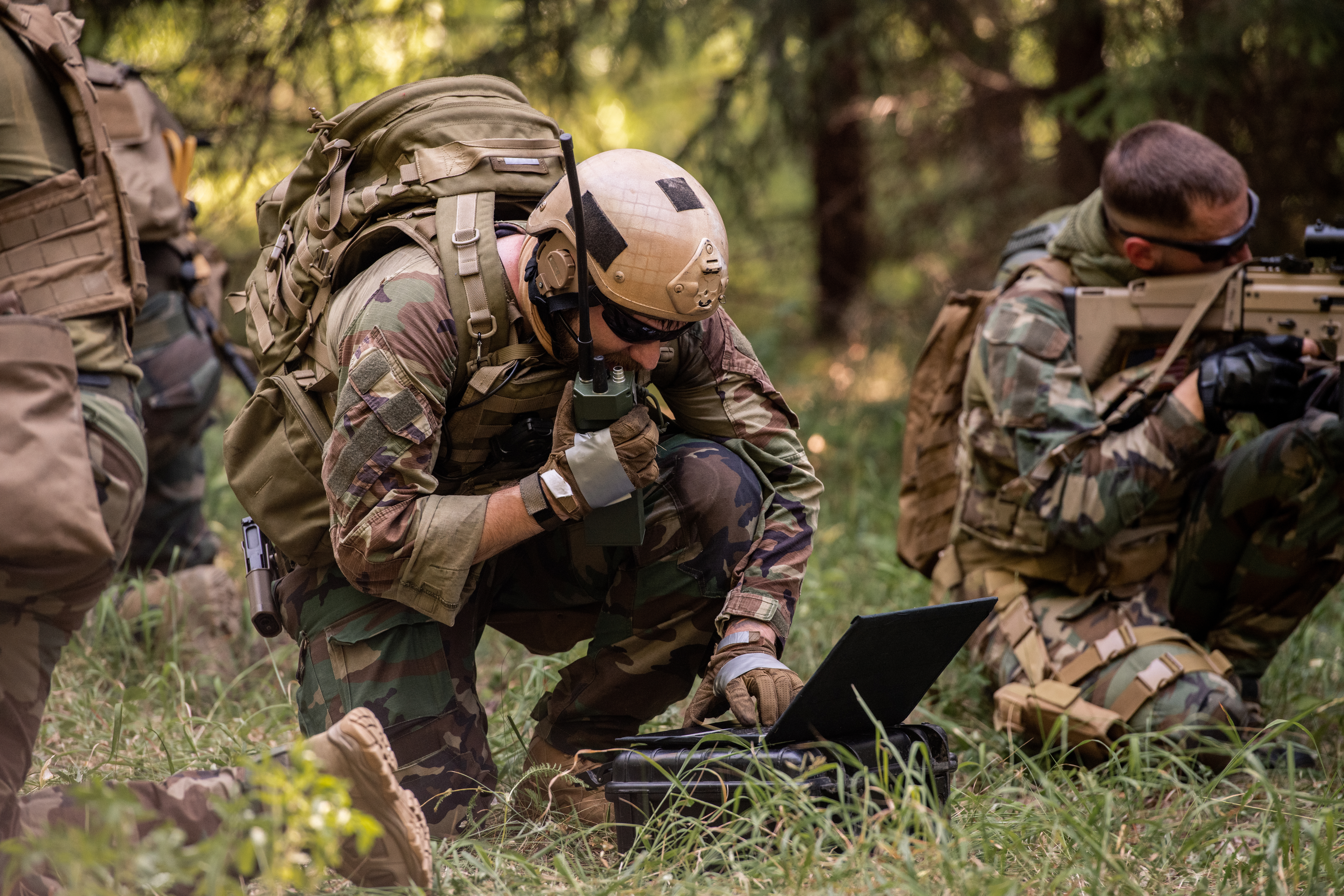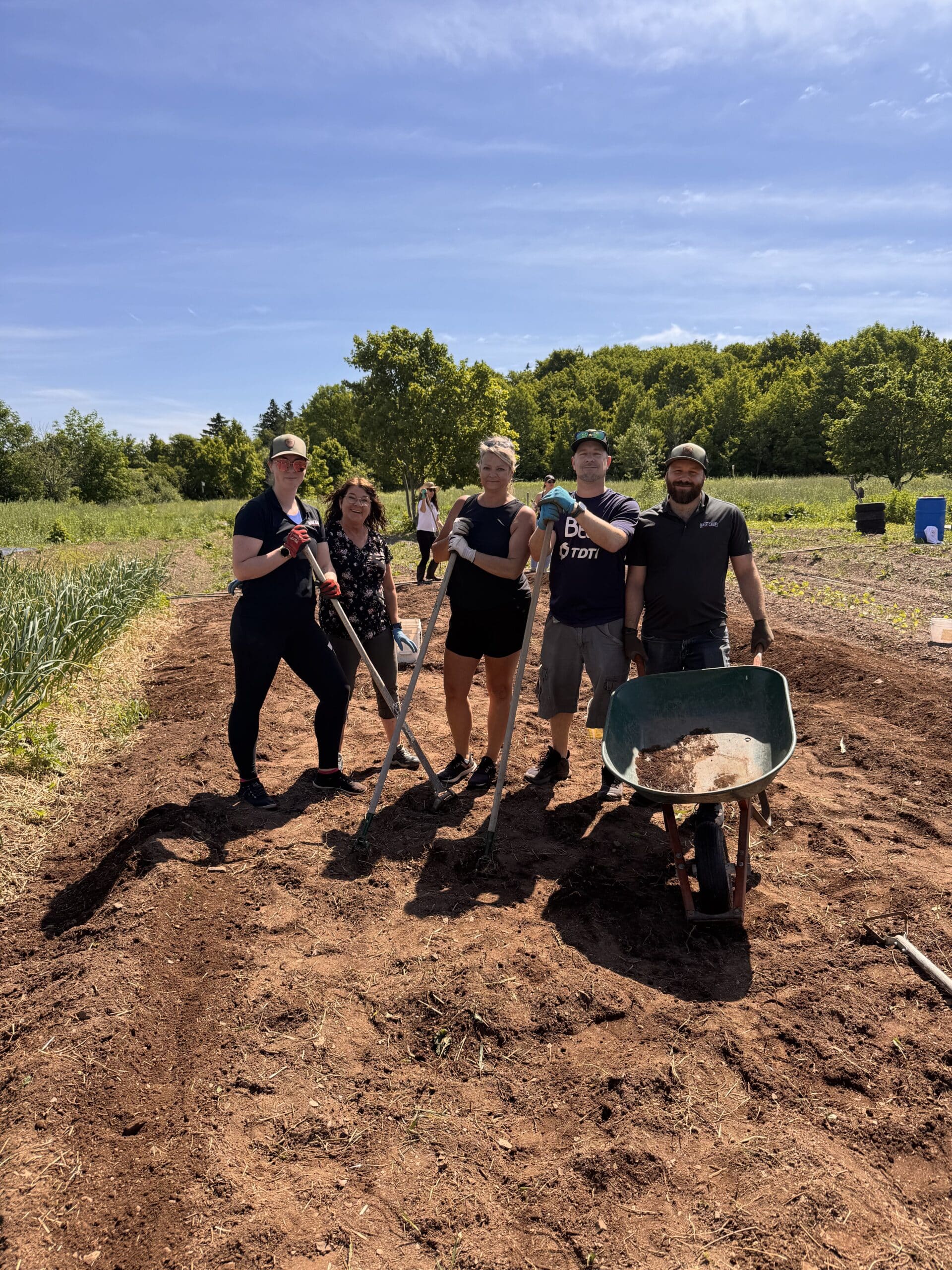Spring showers bring May flowers, but they also bring raised water levels which can turn into life-threatening floods in a matter of hours. Your emergency readiness for this type of crisis can make or break your rescue mission, which is why having an established plan before disaster strikes is crucial. This blog article acts as a guide for emergency preparedness when floods arise in order to help you lead a successful flood management or flood rescue mission.
Here are the necessary steps to follow to successfully prepare for a flood relief or rescue mission.
In Preparation for Deployment
1 – One must stay informed by reading intelligence reports, or simply by listening to the news when it comes to waterways and flooding. These situations are usually repetitive and often affect the same areas or regions, for example the Chaudière River in the spring.
2 – If we think that an emergency situation is in progress, we must have our communications systems reviewed and updated, as well as any other equipment that may be required. Experience has taught us that the following items are likely to be used:
- Long rubber fishing boots
- Sandbags
- Shovels
- Zodiac type inflatable boats
- Cots
- Polythene to build dikes
- Lumber to support the dikes
3 – Determine if the provincial government is being called upon for assistance. If so, find out if the provincial government will call on the federal government, which would result in the deployment of the Canadian Armed Forces and other federal entities (RCMP, Coast Guard, etc.).

Once the Operation Has Started
4 – If the Department of National Defence (DND) is deployed, make sure you get a VERY CLEAR mandate on what is expected of DND and for how long. DND is rarely in charge; rather, it acts in support of another entity. It is important to note, to avoid any misunderstandings, that those in charge are the last to disengage. For example, during the 2019 floods, DND filled sandbags, evacuated people, put up levees, but at the end, when the water had receded to an acceptable level, municipalities tried to demand that DND pick up all the sandbags and help citizens restore their land. As a result, it took parliamentary intervention for DND to withdraw.
5 – Once the mandate is clearly established, it is necessary to find out who will be involved: public safety, federal, provincial and municipal police forces, the Red Cross, municipal authorities, etc. The chain of command must be determined, who gives the orders, and who sets the priorities. DND will assign liaison officers to each of the partner entities, and will often request the same from other participants.

6 – A command and control system (radios, cell phones, apps, social networks if necessary) must then be put in place to ensure that everyone can communicate effectively and that the flow of information gets to the right place at the right time. We must ensure that all responders receive orders promptly and without distortion. Orders will need to be put in place that govern communications and transmission instructions, which will specify radio frequency allocations, telephone directories, and other details relevant to communications.
7 – Needless to say, it will be necessary to ensure that all command posts involved can communicate with each other. DND cannot necessarily lend equipment, especially radio equipment, to everyone.
8 – In almost any disaster situation, knowing the exact location of people working on the field can be critical: an automated positioning system can be a major asset and save lives. One can easily locate the closest entities to something vital and reassign someone’s mission to do a specific action in a short amount of time.

Once the Situation Is Under Control
9 – All of the equipment must be retrieved at the end of each operation, since there is no way of knowing if and when we will be deployed again. Frequently, our assignment changes during an operation and we have to move to another location in the field to support someone else or to cover a breach that was not detected earlier.
As you can see, communications planning plays a key role in the preparation of a flood relief or rescue mission. A concrete plan requires time and resources: our team’s expertise from numerous intervention situations can help you draft your plan. We will be pleased to analyze your communication needs and help you develop a plan that suits your situation. All you have to do is contact us here.




















